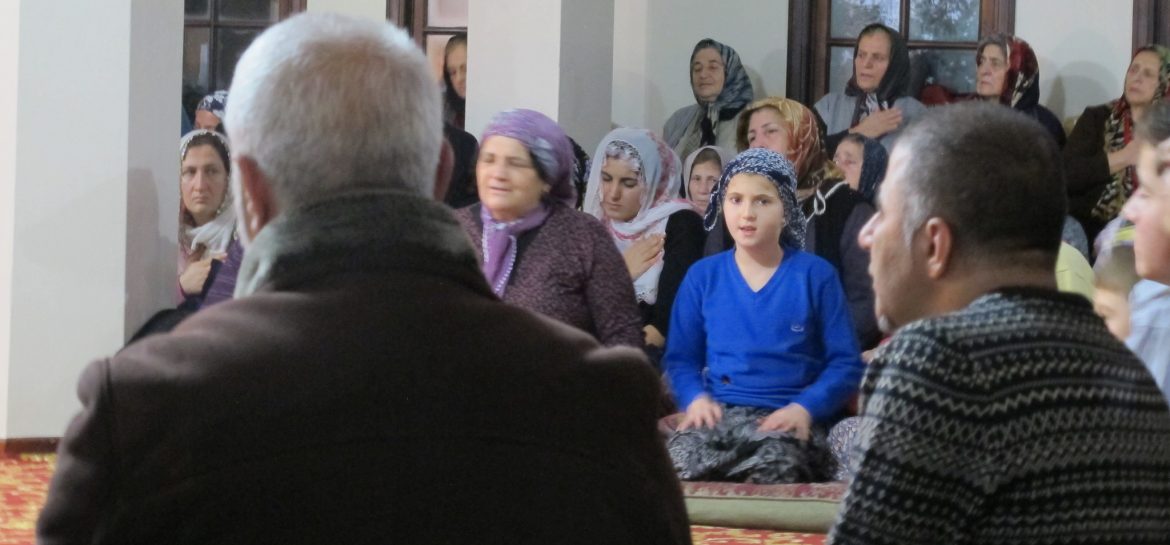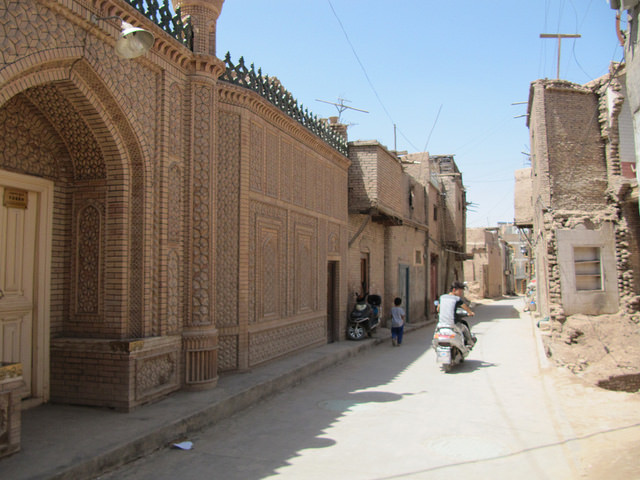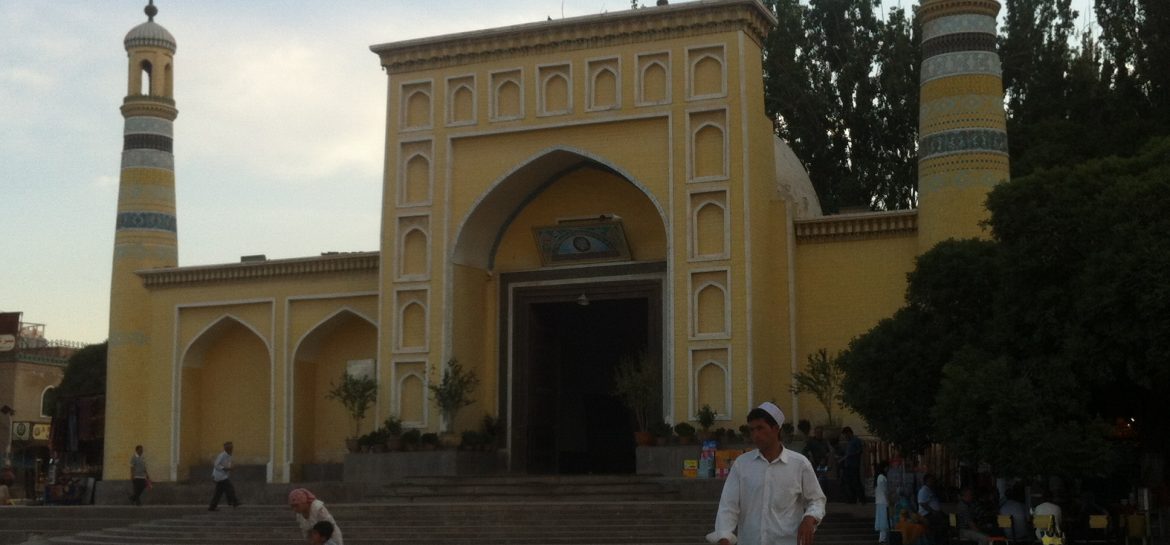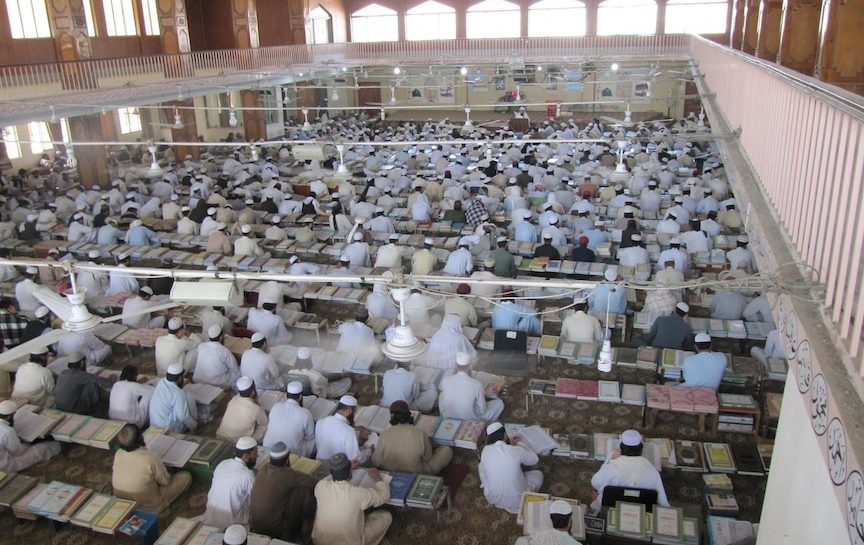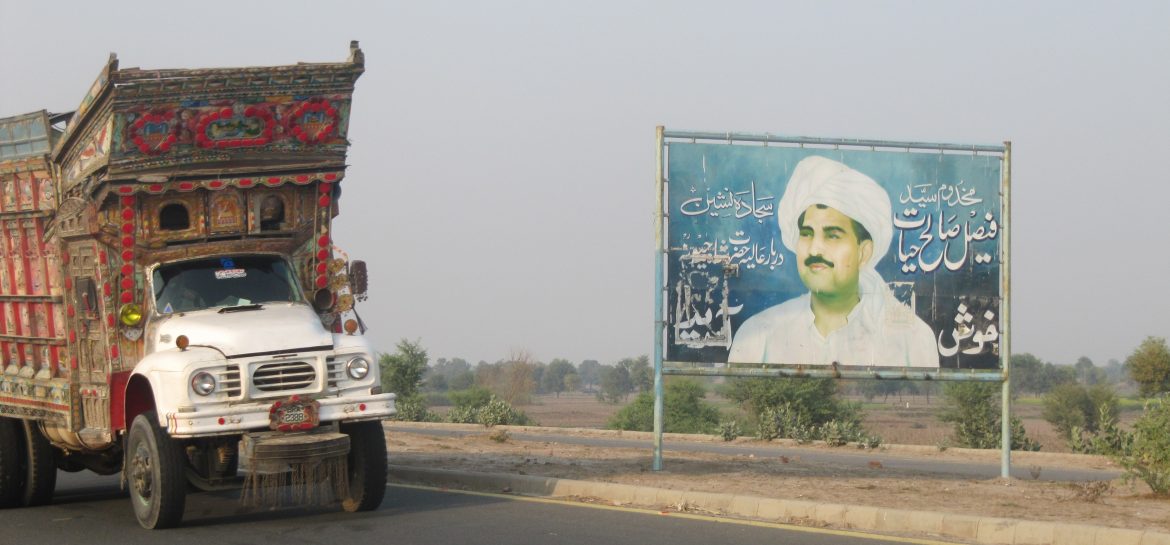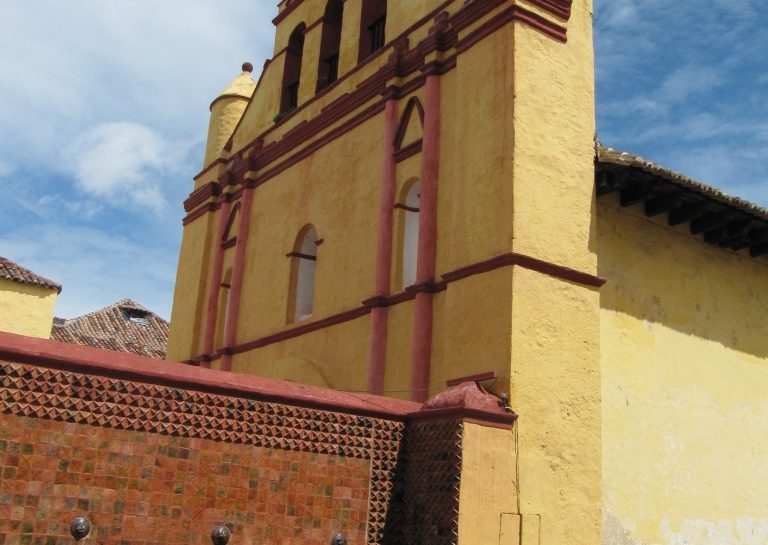For Al Jazeera English: Turkey has ruled to recognise Alevis’ places of worship but there are worries over the outcome of this decision. Along a road overlooking a scenic valley in the Turkish Anatolian heartland is a series of giant grainy black and white photos; shackled men being led away, families huddling in bare mountains, surrounded by armed soldiers. The memorial depicts a 1938 massacre of Alevis, an event that serves as a stark example of just how far Turkish society needs to go to…Continue Reading “Turkey’s Alevis beholden to politics”
For The Revealer: KASHGAR, XINJIANG, CHINA — “U-yu-ghur, we say U-yu-ghur,” Hajji Abdulaziz* gently explains to me, as I take a seat at the front of his fabric shop, blankets and seat cushions in a dizzying array of colors, stacked from floor to ceiling. A smile cracks across his face, floating in the middle of short white facial hair, and he reaches for a piece of cardboard and a pen. “See, this is how it is written.” Abdulaziz slowly writes out the word Uyghur, in…Continue Reading “Turning the Uyghur East”
For Al Jazeera English: The government’s attempt to clamp down on religious expression has backfired among Uyghurs. Kashgar, China – Chinese authorities have imposed restrictions on Uyghur Muslims during the month of Ramadan, banning government employees and school children from fasting, in what rights groups say has become an annual attempt at systematically erasing the region’s Islamic identity. Chinese authorities have justified the ban on fasting by saying it is meant to protect the health of students, and restrictions on religious practices by government officials are…Continue Reading “Chinese Uyghurs defy Ramadan ban”
For the Christian Science Monitor: Anwarul Haq, a frail, bespectacled cleric, sits before a class of attentive students in Darul Uloom Haqqania, one of Pakistan’s many madrassas, or Islamic seminaries. His class of 1,400 students is the most senior of 4,000 enrollees at Darul Uloom, an hour’s drive from Peshawar. The students follow a 500-year-old curriculum adopted across South Asia. The oversized book used in Mr. Haq’s class, a collection of ahadith, or sayings attributed to the prophet Muhammad, is centuries old and written in…Continue Reading “Pakistan’s Islamic seminaries pair science with the Quran”
For The Revealer: The scene that greets the devotee upon entering the final resting place of Shah Jewna leaves little doubt as to what is expected of them in the world outside. The shrine—an expansive complex of marble buildings that is expanded every year—rises out of a landscape of dusty fields of cotton and fruit orchards pockmarked by brick kilns and dilapidated shops, the most important landmark for miles around. A dirt road leads to the shrine, some 125 miles west of the city of…Continue Reading “Diminishing Returns: Sufi Shrines in Pakistan’s Politics”
For the Christian Science Monitor: Pakistan’s top body of Islamic scholars is pushing for a crackdown on hate speech in an effort to curb intra-faith violence in the world’s second-largest Muslim country. Last month, 32 groups representing the major Islamic sects in Pakistan signed on to a code of conduct that prohibits hate speech against other sects, restricts the use of mosque loudspeakers, and bans incendiary literature and graffiti. The religious leaders are trying to combat a steady rise in sectarian disputes. In 2012, at…Continue Reading “Islamic scholars in Pakistan push for hate speech ban”
For the Wall Street Journal: Hundreds of men crowded the plaza in front of the Mosque of Martyr’s in Islamabad, Pakistan earlier this month after Friday prayers, lining up to pay their respects to an opposition politician executed in Bangladesh for committing war crimes during that country’s 1971 struggle for independence. Abdul Quader Molla, the Jamaat-e-Islami leader, had a strong support base in Pakistan, the country whose eastern flank was cut off during the war to create Bangladesh. “His only crime was to try and…Continue Reading “In Pakistan, Blame and Regret Over Bangladesh”
For The Revealer: The city of San Cristóbal de las Casas sits at more than two thousand meters above sea level, surrounded by cloud-topped green mountains, its innermost streets paved with beautiful pink stone that has been smoothed by five hundred years of pedestrian traffic. Ciudad Real, as it was called for centuries, was established as a base for Spanish conquistadors as they went about subjugating the last Mayan resistors in this, the southernmost part of Mexico. San Cristóbal is the cultural capitol of the…Continue Reading “Searching for God and Justice in Mexico’s Rebel State”
